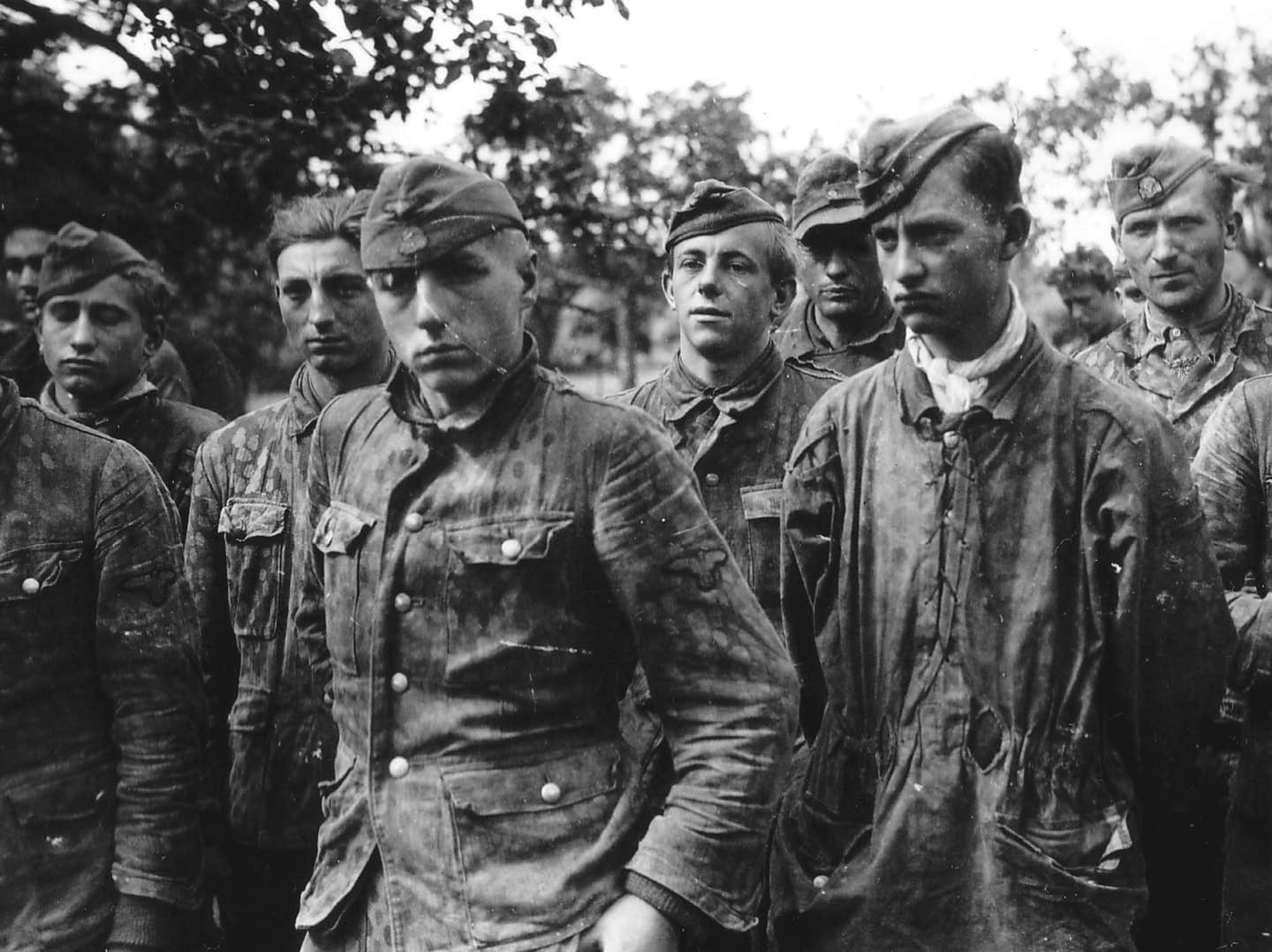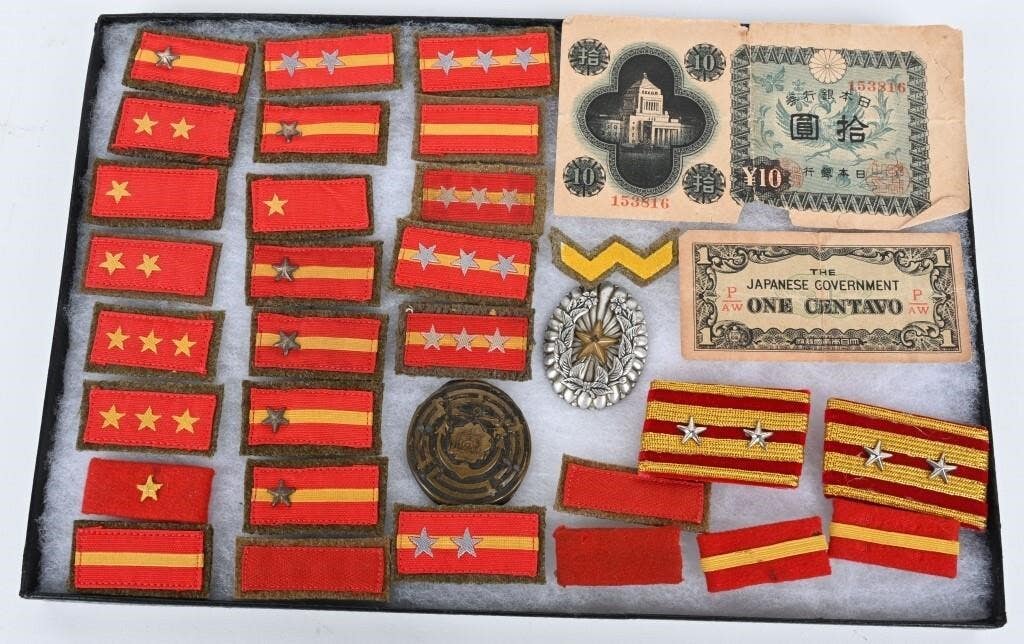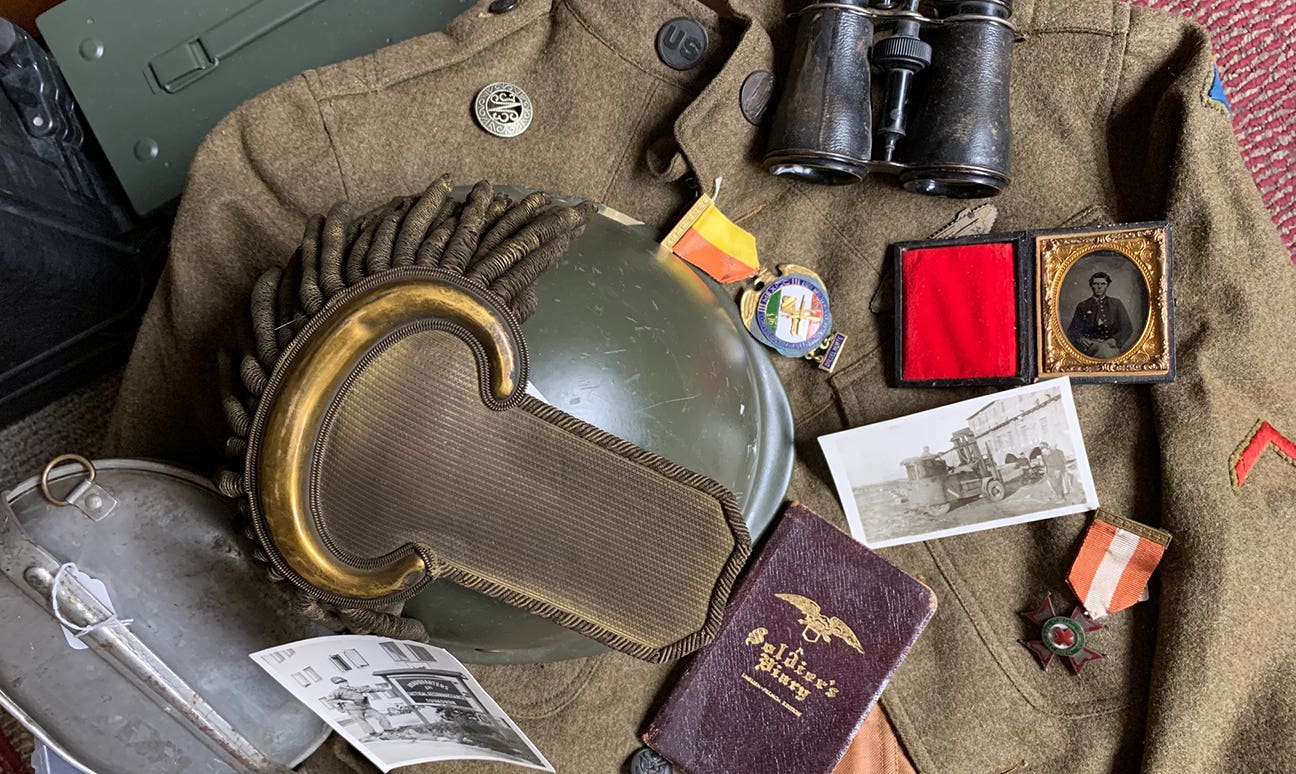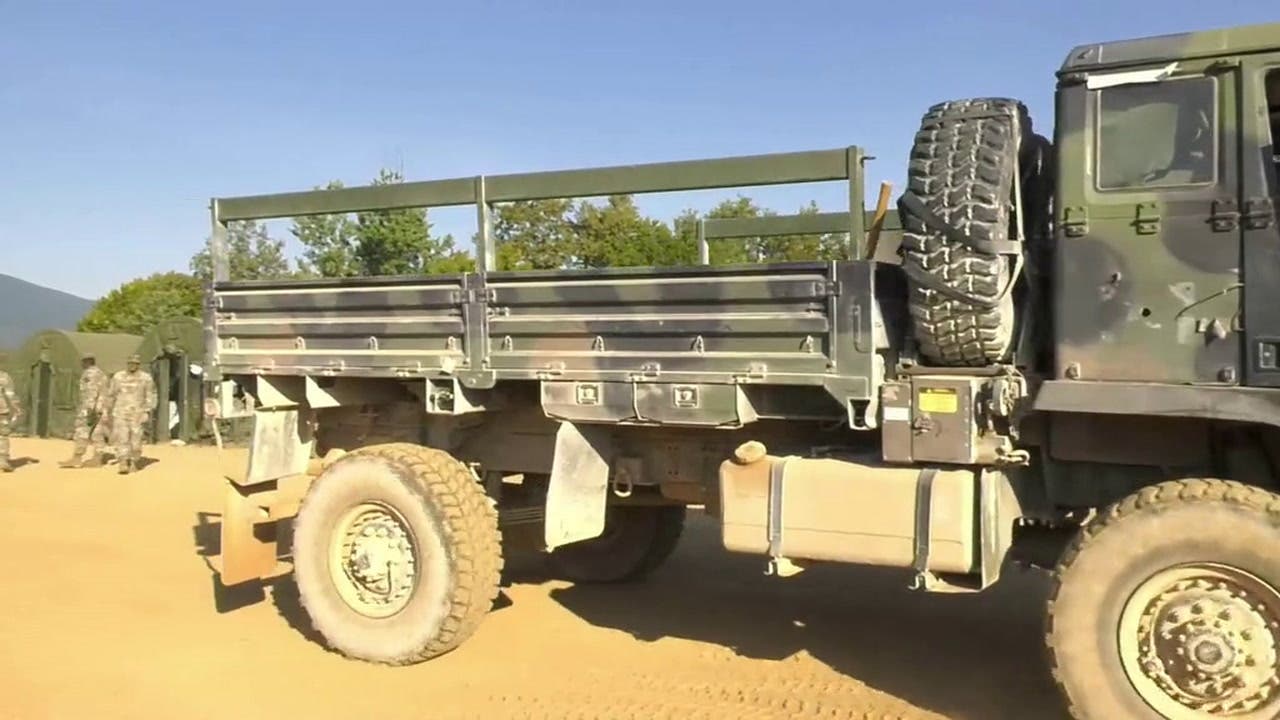Reawakened to the Cold War
Reports of a Navy plane missing over the Baltic Sea flooded the news in early April 1950. The lost aircraft, a PB4Y Privateer (“BuNo 59645,”) and veteran of WWII, was…
Reports of a Navy plane missing over the Baltic Sea flooded the news in early April 1950. The lost aircraft, a PB4Y Privateer (“BuNo 59645,”) and veteran of WWII, was known to its crew as “Turbulent Turtle.” The Turtle was part of a secret Special Electronic Search Project (SESP) detachment assigned to Patrol Squadron 26 (VP-26). Unlike the missions the Turtle flew during WWII, she was heavily laden with top secret intelligence gathering equipment when it taxied on the runway on April 8, 1950. The Turtle, nor the 10 men crewing her, would not return—the disappearance surrounded in Cold War mystery.
Shortly after WWII, the U.S. government received information that the Baltic Sea was being turned into a "Soviet Gibraltar" that it considered credible. The reports stated four Soviet submarines rolled off the assembly line each month in the Baltic. In addition, information circulated regarding Soviet airfields being built on various Baltic islands. With no immediate measures to verify the reports, the White House ordered the U.S. Navy to investigate. With planes equipped with state of the art electronic monitoring and photographic equipment, sailors in slow-flying planes, risked their lives to discover the information the government wanted.
As early as 1947, these air-intelligence missions began under the code name, “Passionate.” Within two years, these flights had intensified and were now referred to with the code name, “Ferret.” The primary mission of these flights was to record and analyze Soviet radar and electronic signals. Photography was utilized, only when it did not interfere with the primary mission.
As part of Passionate, U.S. Navy Patrol Squadron, VP-26 detached three PB4Y-2 "Privateers" (Det 214) to perform in this series of intelligence gathering missions. The four-engine, land-based patrol aircraft, had been stationed at NAS Port Lyautey, French Morocco. The three PB4Y-2s were specifically reconfigured to fly the air-reconnaissance missions over the Baltic Sea.
REAWAKENED TO THE COLD WAR
I have to admit, other than looking at photos of equipment or examining some nice “German-made” insignia, I don’t really give too much of my attention to the activities of the Cold War. That has recently changed, however.
When my boy fell in love with an exchange student, he decided to relocate to her homeland and marry her. Now happily living in the formerly Soviet-contolled Latvia, he and his partner send me regular photo reports of their adventures. This past weekend, he sent me photos of a monument he encountered that had both Latvian and English inscriptions.
Studying the images, I realized I had never before heard of “BuNo (Bureau Number) 59645” or the fate of its crew in 1950. And yet, on the northern coast of Latvia—an area that was still part of the Soviet Union about a decade earlier—there stands a towering monument to the lives of 10 Americans. I had to know more.
Scratching the surface, it seems the events of April 8, 1950, had never been fully clarified. Mechanical problems among PB4Y-2s were routine. In fact, a year earlier, another PB4Y-2 from the same squadron had been forced to ditch only three miles out from base after it suffered engine failure. In the few years after WWII, Soviet fighters had confronted several Navy reconnaissance aircraft that flew too near Soviet airspace.
Even though a few US planes had been riddled with Soviet cannon fire, no American had suffered a casualty. The thought that the PB4Y-2 may have been shot down occurred to many, but no one wanted to actually believe it could actually be the cause of the disappearance of BuNo 59645.
Initial reports stated that the PB4Y-2 “Privateer,” had launched on a Ferret mission from Wiesbaden, West Germany, at 1031, Saturday morning. At 1330 the aircraft reported it was flying over Bremerhaven, Germany. A little over an hour later, at 1440, while flying over the Baltic Sea off the coast of Liepaja, Latvia (approximately 80 nautical miles southeast of Gotland Island), the crew made its last radio report. Almost nine hours later, VP-26 headquarters at Port Lyautey received a dispatch from the commanding officer of the U.S. Naval Base in Bremerhaven stating that the USAF Flight Service in Frankfurt had declared PB4Y-2 BuNo 59645 “overdue.”
According to a later Soviet report, the Navy aircraft was sighted at 1739 over Liepaja, Soviet Latvia. The report states the aircraft had been mistakenly identified as a B-29 bomber when Soviet La-11s, flying at an altitude of 12,139 ft. and piloted by Boris Dokin, Anatoliy Gerasimov, Tezyaev and Sataev, were ordered to intercept the American plane. Establishing contact, Dokin ordered the Americans to land, whereupon, the Navy plane reportedly exchanged fire with the Soviet La-11s and headed out to sea.
The credibility of the Soviet report, however, suffered seriously when it was revealed the only armament aboard the PB4Y was a .45-caliber pistol carried by one of the officer aboard the plane. Severely damaged in the “exchange,” the Turtle descended sharply before crashing into the sea, some 5-10 kilometers off the coast, according to the Soviet pilots.
By 0400 the next morning, three PB4Y-2s had been ordered from Port Lyautey to conduct a search for BuNo 59645. Piloted by LT Rice, LTJG Linker and LT Cobb, along with the squadron executive officer on board, the three planes took off in quick order. After a short layover in Wiesbaden, the three aircraft flew to Copenhagen, Denmark. Their initial search operation began on April 10. Before the search was called off 10 days later, a fourth VP-26 Privateer and about 25 USAF aircraft joined in scouring the Baltic.
Very little evidence of Turtle or her crew was found, however. The British freighter Beechland pulled an empty aircraft life raft from the Baltic Sea about 45 miles southeast of Stockholm. Capt. D.J. Klinger, commander of the U.S. Air Rescue Mission, confirmed the raft was VP-26 property. He added that all the supply pockets in the life raft were empty—these could not have opened accidentally, but rather, had to have been intentionally opened. A couple of Swedish fishing vessels picked up a life raft and the bullet-riddled nose strut and wheel of the missing Privateer a few days after the search had been suspended.
Though evidence mounted implicating the Soviets of having attacked and destroyed the aircraft, the U.S. State Department only issued a stiff note of protest and a rebuttal of the Soviet report. For nearly 40 years, very little thought was given to discovering the fate of the Turtle and her crew.
Then, in November 1992, retired Soviet General Colonel Shinkarenko, who commanded the unit that downed the U.S. PB4Y-2, stated that some items of equipment and aircraft parts had been recovered! Initially, he claimed the Soviets intended to present the recovered parts to the United Nations as evidence of U.S spying. Shinkarenko stated the intelligence value of the recovered material overrode the desire for a propaganda victory, however. Therefore, the Soviet Union kept the the recovery a secret.
Shinkarenko also stated that upon the disbanding of his unit in 1953, a special commission of officers converged on the Latvian coast to destroy any locally held records relative to the PB4Y-2.
A letter printed in the Russian newspaper, Izvestiya, claimed to be written by a former Soviet sailor, Victor Shevchuk, who participated in the search for the downed Navy aircraft. Mr. Shevchuk remembered items from the plane being raised to the deck of the ship on which he served. He said he heard divers talk about the remains of crew members who were found in the cockpit of the plane.
In a 1993 interview, Chief of the Latvian Police Colonel J. Vectrans stated that when the Russian pilots returned from their mission, they were laughing because they “shot down a big plane” and “it was easy.” To date, the only Soviet document found by researchers was a letter sent to Joseph Stalin in 1950, indicating the search for the PB4Y-2 conducted from April 8 through 21, 1950, was unsuccessful.
Fifty years later, on April 8, 2000, the citizens of the Latvian coastal city of Liepeja unveiled a monument to the crew of the ill-fated flight, so that their sacrifice will never be forgotten:
“In memorial of the missing crew of the U.S. Navy PB4Y2 aircraft BUNO 5945. Shot down at sea of Liepaja on April 8, 1950.
LT John H. Fette, USNR
LT JG Howard W. Seeschaf, USNR
ENS Tommy L. Burgess, USN
AT1 Frank L. Bekman, USN
AD1 Joe H. Nanens, Jr., USN
AD1 Jack W. Thomas, USN
AL3 Joeph J. Bourassa, USN
CT 3 Edward J. Purcell, USN
AT3 Joseph N. Rinnier, Jr., USN
Dedicated April 8, 2000.”
Preserve the memories,
John Adams-Graf
Editor, Military Trader and Military Vehicles Magazine
JAG’s Shoutout:
Here’s wising everyone a grand MAX Show! It is going on right now, October 3-4, 2014, at the Monroeville Convention Center, Monroeville, PA. For up-to-minute details and announcements, log onto www.themaxshow.com








